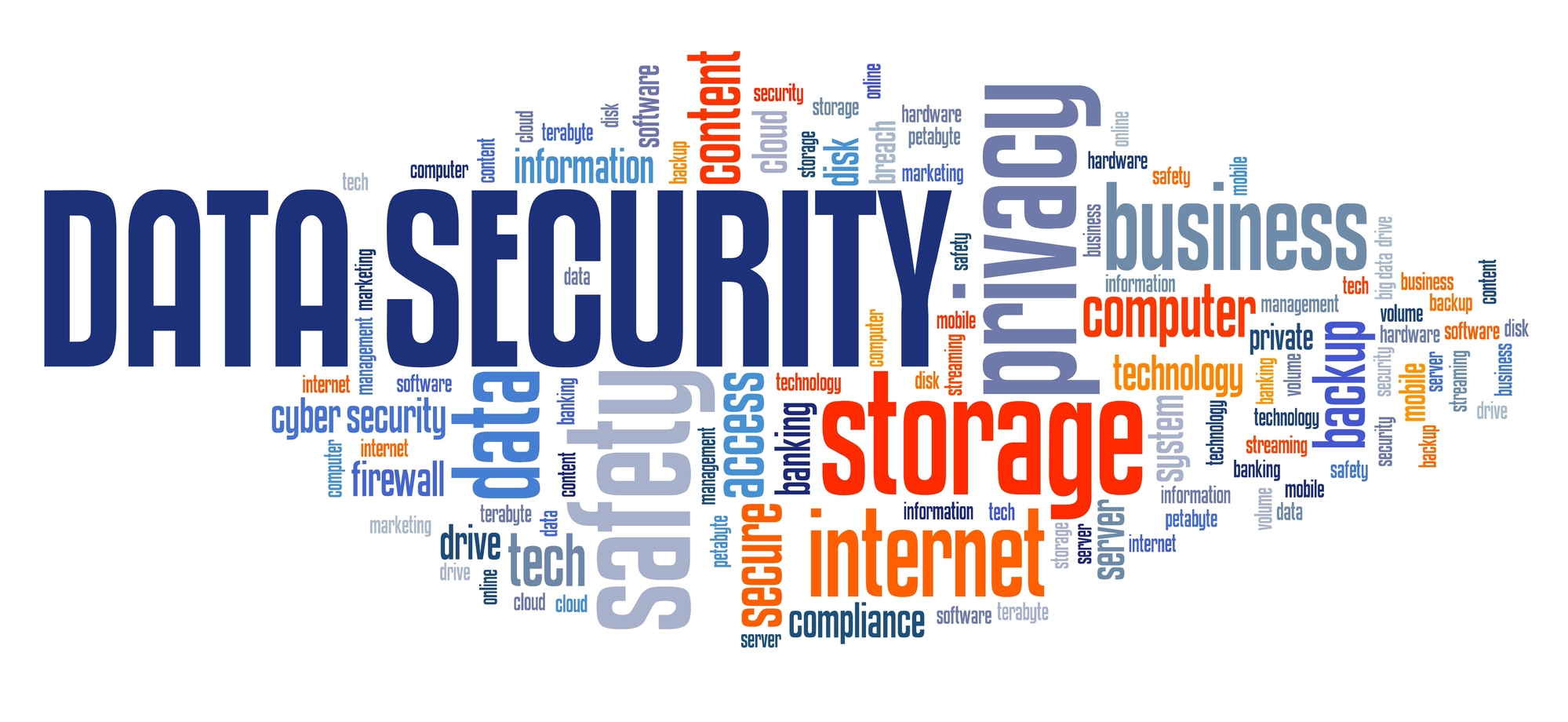October is National Cybersecurity Awareness Month, so we’re talking about tech terms to help you be more aware. Knowing the ins-and-outs of cybersecurity — including what you can do to protect yourself and the methods that cyber criminals attempt to use — can help you better safeguard your business and your team.
So get ready to channel your inner elementary student, because it’s vocabulary time!
Multi-factor Authentication
It takes two, baby…or even more methods to gain access to information when you use multi-factor authentication (MFA). When MFA is enabled, a person might have to use a password and answer a security question, or use a PIN, or get a verification code, or click a login link sent in email. Using MFA decreases the likelihood of a cyber attack, because even if someone steals or guesses your password they are less likely to scale the next hurdle in gaining access to your private accounts or files.
Phishing Scam
Don’t take the bait! A phishing scam is one where a fraudulent text or email is sent that tries to trick the recipient into falling for a scam. Phishing scams can look legit, but it’s important to channel your inner Sherlock Holmes to determine if an email is real or fake. What email address is the message coming from? Is the greeting unfamiliar? Are there lots of spelling and grammar errors? Is it an unusual request (like asking for a credit card number)?
Here’s an example: An email from “PayPal” arrives telling you that your account will be deactivated unless they can confirm your credit card number. The link in the email takes you to a fake PayPal webpage to enter your credit card, and then your stolen information is used to make online purchases. Sneaky, very sneaky.
Encryption
Get out your spy glass, because encryption is like a secret code. An encryption program converts your private data into an unreadable format, so that if it’s intercepted or leaked, it can’t be accessed. Encrypted data (like files, emails, and credit card numbers) can only be read after it’s decrypted – by a program that has access to the encryption key.
So how does this play out in the real world? Let’s say Noah needs to share a file with Jolie, who’s working from home. If he sends it via personal email, there’s a risk that it could be intercepted in transit —with all the juicy details available for anyone to read. If it’s sent with an encryption software, however, that interception would result in a bunch of scrambled letters and numbers. Not too exciting for a hacker, and that’s a good thing!
Malware
Viruses, trojans, spyware, bugs…no matter what you call them, they’re malware. Malware is software that’s designed to cause disruption and wreak havoc. Once it penetrates and infects your system, the person wielding its power can use it to steal data, scramble files, leak private information, and even shut your network down entirely.
So how do you keep malware at bay? Training your team goes a long way. Not clicking that suspicious link, not using easy-to-guess passwords, not forwarding a verification code that pops up on your phone — these are all ways of keeping your company’s and employees’ digital data safe. You can (and should) also implement a firewall…
Firewall
A firewall offers protection against malware. It’s a software that prevents unauthorized people or programs from entering your private network. While some devices have firewalls built in, having an additional layer can be helpful for keeping viruses and intruders out.
Firewalls can also keep records of events, like downloads and logins. So if you need to jump back in time, you can use the information to identify patterns or create new workplace policies. And there are really good reasons to keep a robust firewall up to date — networks are always getting more and more complex, meaning there are more points of entry for an attack to occur. Like we always say, updates are the cornerstone of a safe digital environment.
Bonus: Cyber Criminal
These are the people behind the schemes — the hackers and the no-gooders. And even though we often think of them as being far away, the truth is that anyone can be targeted (even here in Southern Oregon), and criminals will go to great lengths to get your info. They can “friend” or follow you on social media, learn about your workplace and the brands you purchase, find your interests and where you live — and then use all that information to target you specifically.
Don’t underestimate the lengths a cyber criminal will go to in order to ensnare your valuable information (credit cards, contacts, social security number, private medical data, etc.). Be smart with the people you interact with online, always ask yourself if a request you receive is from someone legitimate.
Bonus-Bonus: Tekmanagement Security
We don’t share all of this to scare you — we do it to empower you to protect yourself and your workplace.
When it comes to full-circle cyber protection, utilizing an IT management company can get you to the next level. Tekmanagement provides secure IT solutions that provide peace of mind, including spam prevention, network reporting, content filtering (blocking unsafe websites), software and hardware updates, and firewall setup. We’ve been in the business of cyber safety for over 30 years — back when hackers were targeting room-sized computers and landline phones — and have experience in establishing strong safety measures around companies’ data.
Give us a call for a free security assessment at (541) 779-4777.


